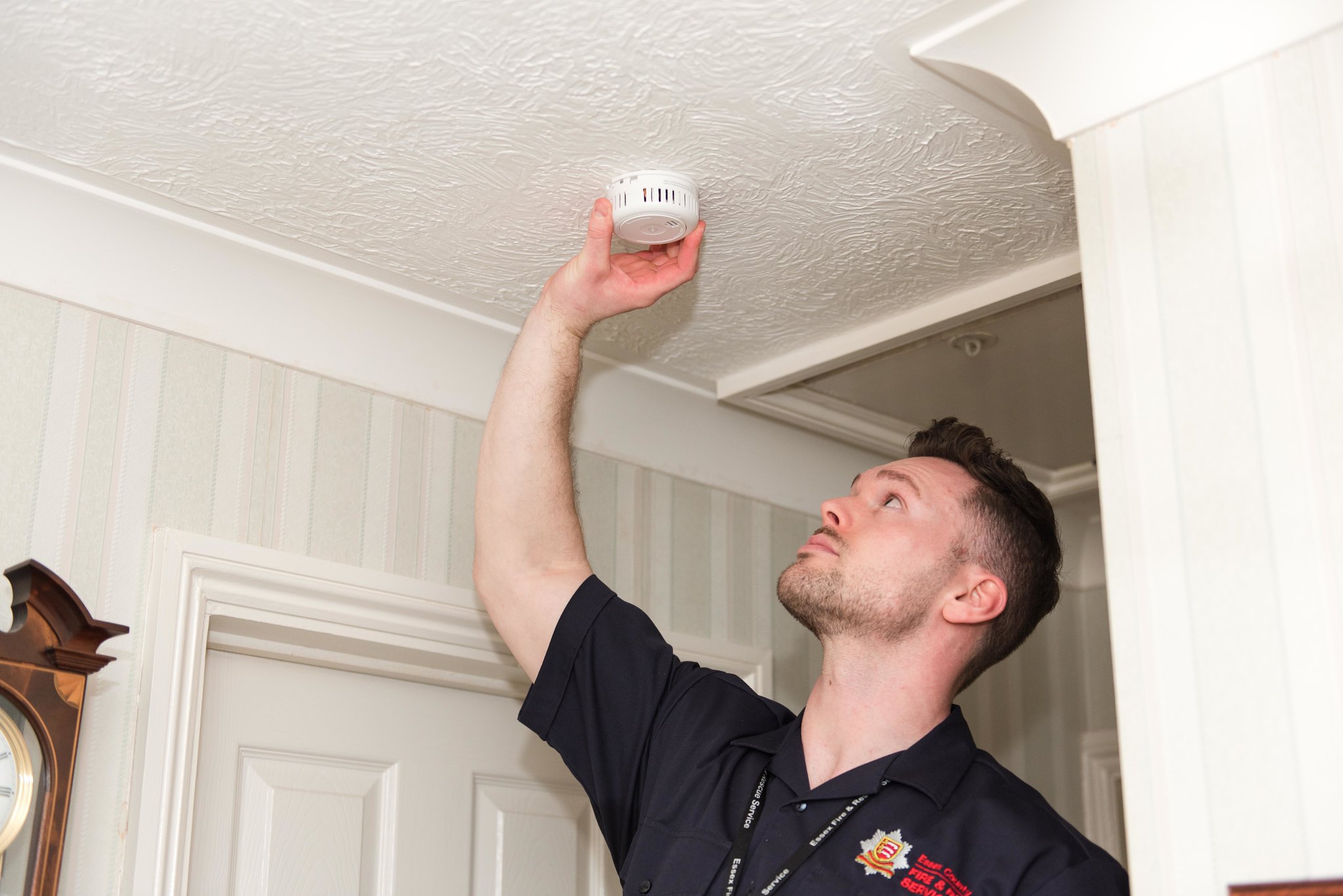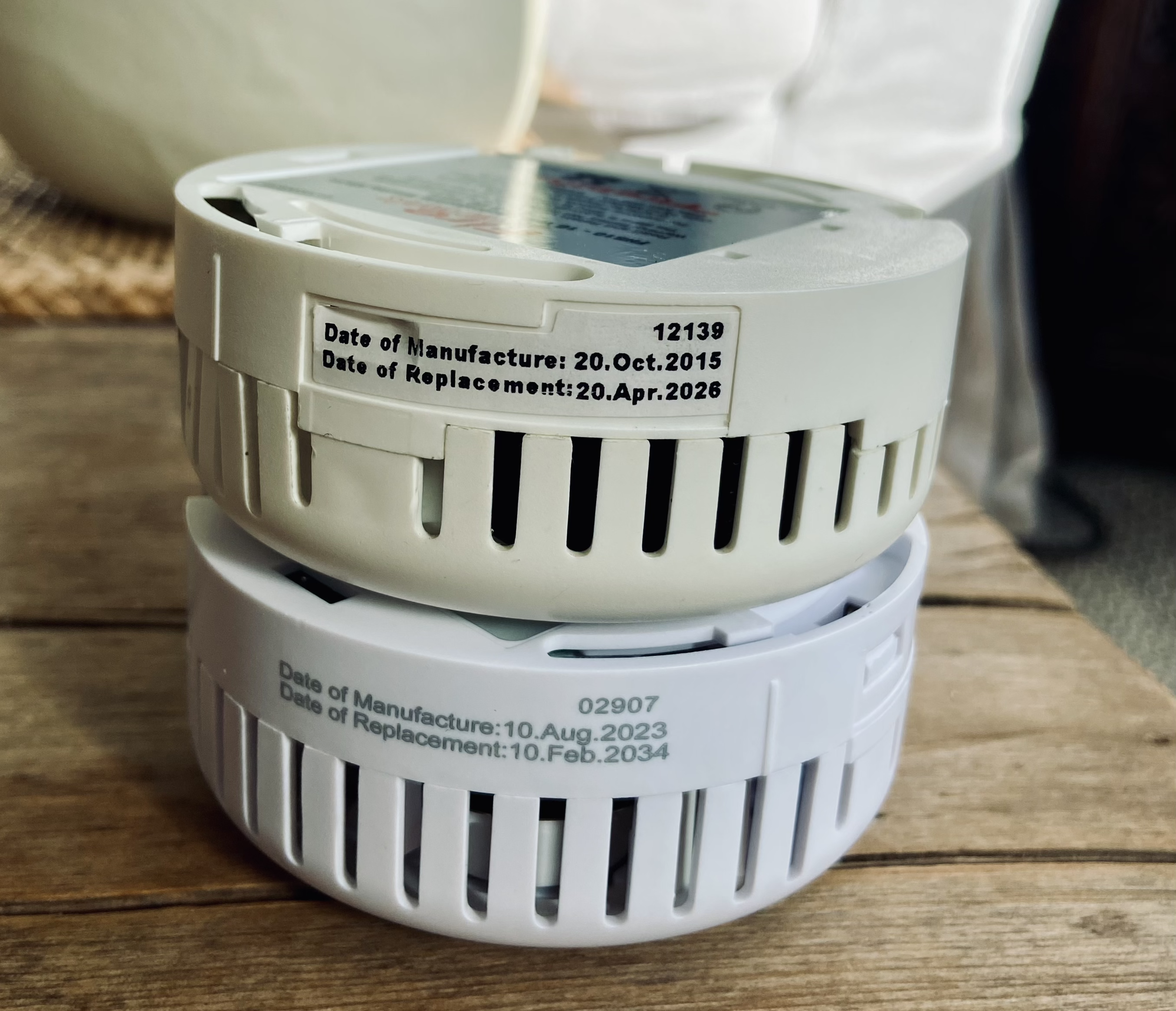Do you include people with reduced hearing in your fire risk assessment?
This Deaf Awareness Week, Essex County Fire and Rescue Service is raising awareness of safety measures to make sure people with reduced hearing can be alerted to fire.
The Service’s Protection team works with businesses to make sure steps are taken to reduce the risk of fire to keep staff and customers safe.
Their advice below can help you create your fire risk assessment while considering people with reduced hearing.
If you need any business fire safety advice, the Service’s fire safety officers can help. Please contact your local team at: www.essex-fire.gov.uk/Business_Safety/
Fire Risk Assessment
As a part of your fire risk assessment, you must identify those at risk if there is a fire.
To do this you need to include all staff members working in your premises,
members of public, customers, contractors who are in the premises. You should consider all the people who use the premises, paying particular attention to people who may require special assistance with evacuation, this includes people who have are deaf or have reduced hearing.
You may need to discuss their individual needs and complete a Personal Emergency Evacuation Plan (PEEP).
When arranging a PEEP for someone who is deaf or has reduced hearing, the following points should be discussed:
- Does a person ever work alone in the building?
- Does a person work in isolated areas?
- Does a person work out of hours?
- Can a person hear the fire alarm?
- Are there any other staff members / fire marshals who can alert a person?
In circumstances where evacuation procedures involve other people present at the premises, who can alert people with reduced hearing conventional audible alarm signals will not require any special provisions for warning of fire.
The same rule will apply with regard to people with reduced hearing who have sufficiently clear perception of some types of conventional audible alarm signals.
In situations where deaf or people with reduced hearing working in isolated areas, out of hours, or move around there are other types of devices available to alert them in case of a fire such as Visual Alarm Devices (VADs).
If they sleep in the building, tactile devices, with or without associated visual alarm devices, might need to be considered.
These devices, which can, for example, be placed under pillows or mattresses, may be wired into fire alarm device circuits or be triggered by radio signals.
Alarm devices for people who are deaf or have reduced hearing can be fixed, movable and portable.
British Standard 5839-1 provides further guidance and specifications in terms of fire alarm warnings for people who are Deaf and have reduced hearing.
Additionally Approved Document M to the Building Regulations in England and Wales provides guidance on the provision of visual alarm devices intended to warn people who are Deaf and have reduced hearing in the event of a fire for compliance with building regulations.
If you or someone you know has reduced hearing, Essex County Fire and Rescue Service offers free home fire safety advice to all Essex residents. The team can visit your home to help you prevent fire risks in your home and to make sure you would be alerted with smoke alarms. The Service offers sensory smoke alarms for people who might not be raised by an audible alarm.
To speak to book a home fire safety visit or speak to the team, visit: www.essex-fire.gov.uk/book or call 0300 303 0088



